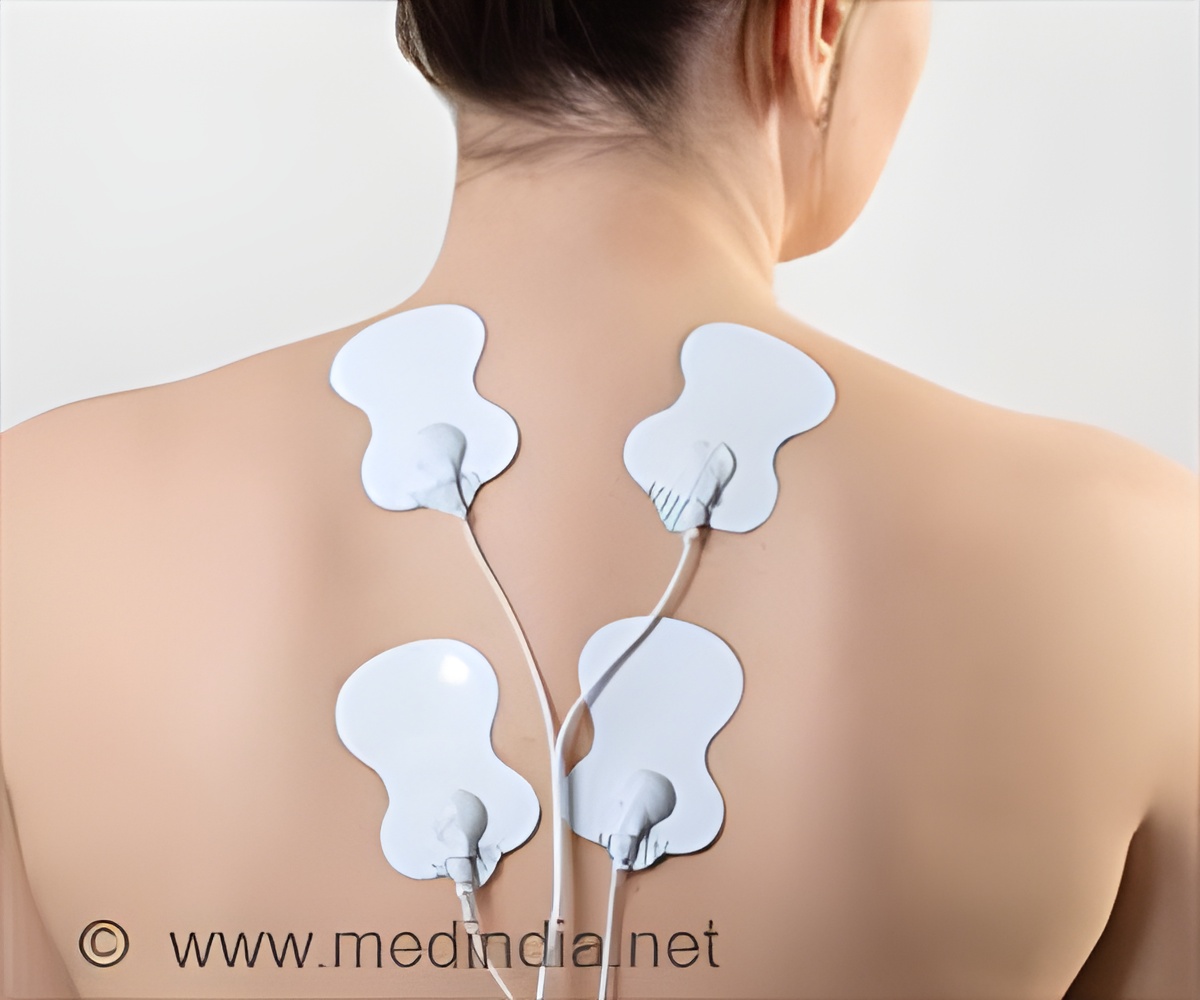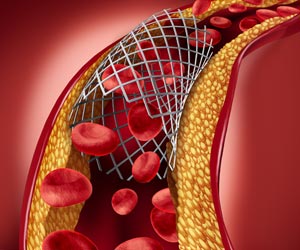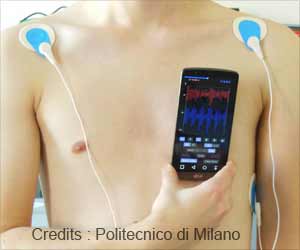With its wireless data transmission capability, the wearable sensor proves to be valuable for the real-time monitoring of health.

‘Wearable ion sensors can aid in monitoring sweat biomarkers in real-time, thereby supporting the advancement of personalized healthcare and the management of athlete training. #wearablesensors #chloride #sweatsensor’





“The proposed sensor can be transferred to fiber substrates, and thus can be incorporated into textiles such as T-shirts, wristbands, and insoles,” explains Dr. Shitanda. “Further, health indicators such as chloride ion concentration in sweat can be measured by simply wearing them.”
Wearable Biosensor Enables Real-time Monitoring of Sweat Electrolytes in Healthcare and Sports
The heat-transfer printing approach offers several advantages. For one thing, the sensor is transferred outside of the piece of clothing, which prevents skin irritation. In addition, the wicking effect of the textile helps spread the sweat evenly between the electrodes of the sensor, creating a stable electrical contact. Moreover, printing the sensor on a flat surface and then transferring it prevents the formation of blurred edges that commonly occur when printing directly onto a textile.The researchers carefully selected the materials and electrochemical mechanisms of the sensor to avoid risking an allergic reaction for the wearer. After developing the sensor, they conducted various experiments using artificial sweat to verify its accuracy in measuring chloride ion concentration. The change in the electromotive force of the sensor was −59.5 mTV/log CCl−. Additionally, it displayed a Nernst response and a linear relationship with the concentration range of chloride ions in human sweat. Moreover, no other ions or substances typically present in sweat were found to interfere with the measurements.
Lastly, the team tested the sensor on a volunteer who exercised on a static bicycle for 30 minutes, by measuring their perspiration rate, chloride ion levels in blood, and saliva osmolality every five minutes to compare with the data previously gathered by the sensor. The proposed wearable sensor could reliably measure the concentration of chloride ions in sweat.
“Since chloride is the most abundant electrolyte in human sweat, measuring its concentration provides an excellent indicator of the body’s electrolyte balance and a useful tool for the diagnosis and prevention of heat stroke,” remarks Dr. Shitanda.
Source-Eurekalert














